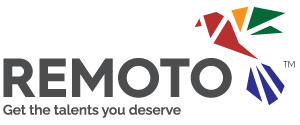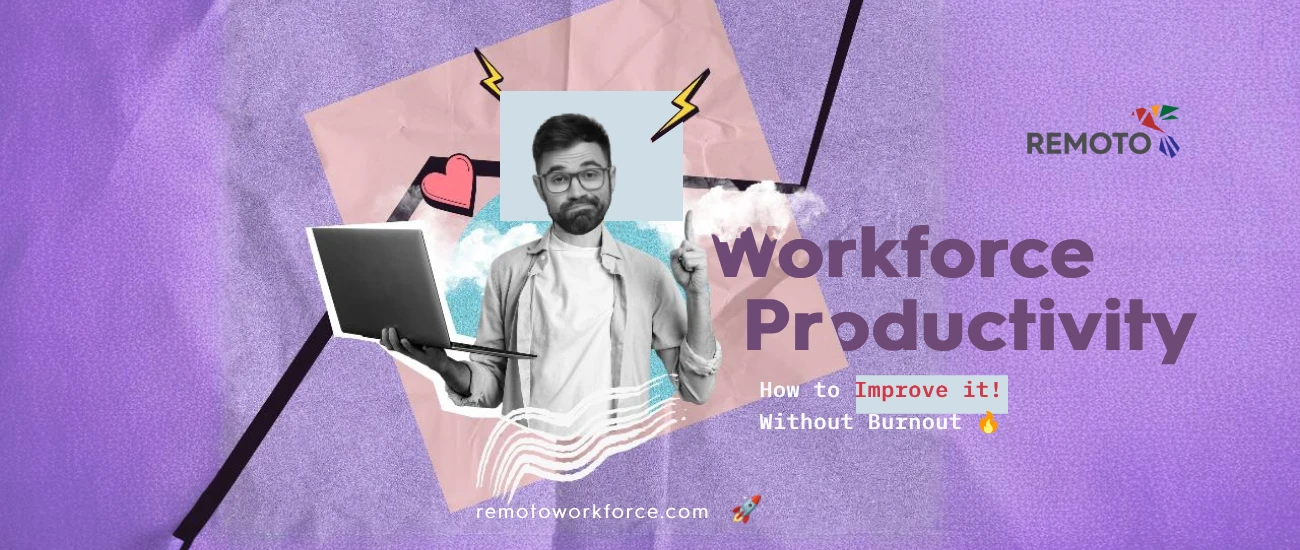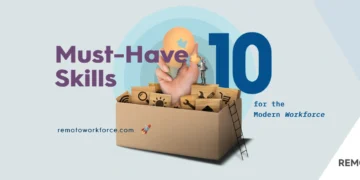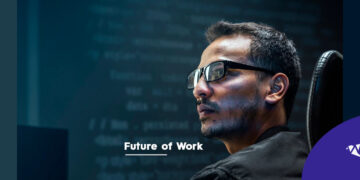Pushing your workforce to the limit might seem like a quick fix for meeting deadlines or scaling operations. But beneath the surface lies a dangerous cost—burnout. When employees are chronically overworked, productivity doesn’t rise. It falls. Mental fatigue, disengagement, and increased turnover quietly erode your team’s effectiveness.
Many companies equate productivity with busyness, but they’re not the same. High-performing employees don’t necessarily work longer—they work smarter. True productivity comes from a balance of focus, energy, and recovery. Without that, even your top talent will eventually hit a wall. And once burnout sets in, recovery takes much longer than prevention would have.
If you want sustainable performance, you must reject the hustle-at-all-costs culture. Instead, build environments where employees can excel without sacrificing their mental and physical well-being. That’s where the real ROI begins.
Redefining Productivity: It’s Not About Working More, But Working Well
Traditional productivity metrics often focus on output; that is, how many tasks are completed or hours logged. However, this outdated approach doesn’t measure impact. Instead, modern businesses need to shift their focus to outcomes. Are tasks moving the company forward? Are team members engaged and motivated while doing them?
High-value work should be prioritized over constant task-switching. Encourage employees to batch their work, limit distractions, and take strategic breaks. Time-blocking techniques, asynchronous communication, and focused sprints help maximize results without draining energy.
By redefining productivity in your company, you foster a culture where quality trumps quantity. And when employees feel like their efforts are meaningful and manageable, their performance naturally improves, without burnout.
Build a Culture of Autonomy and Trust
Micromanagement kills creativity. When managers hover, employees feel stifled and less motivated. On the other hand, trust empowers people to take ownership of their roles. That ownership leads to a higher level of commitment, engagement, and productivity.
Start by setting clear expectations and giving your team the flexibility to meet them in their own way. Trust-based cultures promote psychological safety, allowing people to take smart risks and innovate without fear of failure. This doesn’t mean removing structure—it means replacing control with accountability.
Autonomy also plays a key role in motivation. When employees feel in control of their time and work methods, they bring more energy and focus to their day. And when people are trusted to deliver, they usually rise to the occasion—no burnout required.
Optimize Workloads with Strategic Staffing
Your existing team might be drowning in tasks because there simply aren’t enough hands on deck. Strategic staffing is the solution, not just hiring more people, but hiring the right ones at the right time. Staff augmentation, temporary hires, and fractional experts can all ease the pressure without adding permanent overhead.
This flexible model allows you to scale talent as projects evolve. You’re not asking employees to do more with less; you’re giving them the backup they need to do their best work. And when people feel supported, their stress levels drop while their output climbs.
When you manage workloads proactively instead of reactively, you prevent burnout before it starts. A well-balanced team, built through smart recruitment and staffing strategies, can achieve more with less strain.
Make Well-Being a Business Strategy, Not a Perk
Well-being is a strategic asset. Companies that prioritize employee health report higher engagement, lower absenteeism, and better performance across the board. A burned-out team won’t win in a competitive market, but a resilient one will.
Start with small changes: flexible scheduling, mental health days, wellness stipends, or access to therapy services. These investments may not show immediate ROI, but they pay off in reduced turnover, stronger morale, and more consistent output.
When well-being is part of your culture, not added as an afterthought, you create a workplace that people want to stay in. And in today’s tight labor market, retention is as valuable as productivity.
Tech Isn’t the Enemy—Use It to Empower Your People
Technology gets a bad rap for causing digital fatigue. But when used intentionally, it’s a powerful ally in reducing burnout and boosting efficiency. Automate repetitive tasks, streamline communication, and give teams tools that make their work smoother, not more complex.
Project management platforms, AI-powered scheduling, and smart dashboards can eliminate the chaos that leads to overwhelm. When employees know what’s expected, have fewer redundant tasks, and spend less time chasing information, their cognitive load drops significantly.
Don’t overwhelm your team with too many tools. Choose systems that simplify, not complicate. The right tech stack empowers your people to focus on what matters—creative problem-solving, collaboration, and strategic thinking.
Leadership Matters: Be the Example of Balance and Boundaries
Leaders set the tone. If you’re sending emails at midnight or celebrating all-nighters, you’re creating a culture where burnout becomes a badge of honor. That mindset is contagious—and toxic. Instead, model the balance you want your team to have.
Respect boundaries. Avoid unnecessary meetings. Take your own time off—and encourage others to do the same without guilt. When leaders prioritize balance and recovery, they give their team permission to do the same. And that’s how high-performing teams stay high-performing.
Leadership isn’t just about results—it’s about responsibility. Creating a sustainable, productive, and mentally healthy workplace starts at the top. When you lead with intention, the entire team follows.
Sustainable Productivity Starts with People, Not Pressure
Boosting productivity without burning people out isn’t just possible; it’s essential for long-term success.
A thriving workforce isn’t made up of exhausted individuals grinding through their days. It’s built on trust, balance, flexibility, and meaningful work. When companies shift from measuring effort to measuring impact, they unlock higher performance without sacrificing employee well-being.
True productivity flourishes when workloads are realistic, support systems are in place, and well-being is not just a perk but a core value. Whether through smarter staffing, technology that reduces friction, or leadership that sets the right example, the message is clear. Happy and healthy employees form the foundation of every high-performing team.
Now is the time to move away from the hustle culture and embrace a smarter, people-centered approach. When your team thrives, your business doesn’t just accelerate—it advances with purpose.














